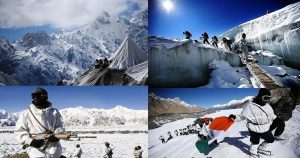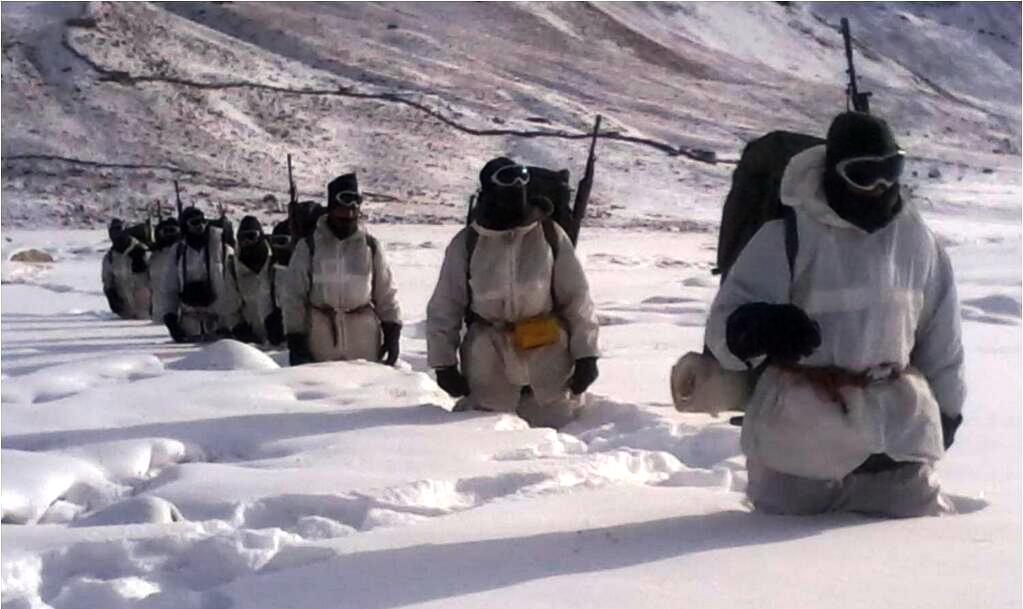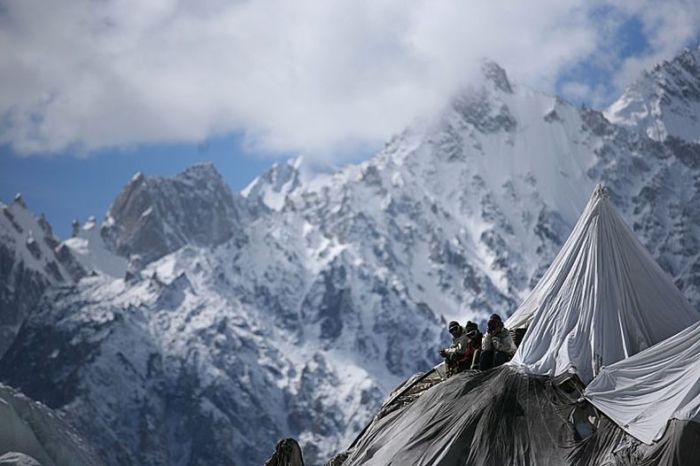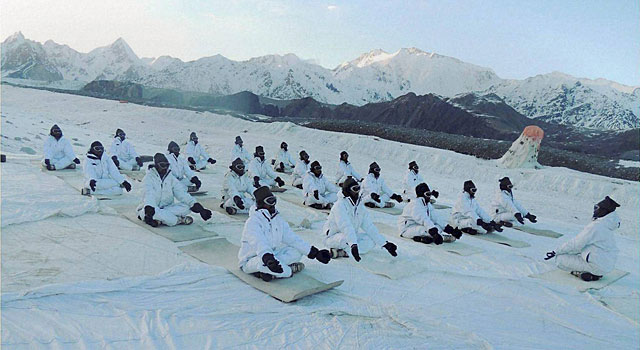
Problems Faced By Indian Soldiers Under Harsh Conditions At The Siachen Glacier
Recently, 10 Indian soldiers found missed at the Siachen Glacier in an avalanche in one of most inhospitable battlefields in the world. Their struggle a lot for being there and serve the country. Here are the 3-decade-old dispute and the inhuman conditions our soldiers brave to keep control of the Siachen Glacier. The soldiers are well trained and be fit for going there and being there for several days.

Here are the reasons how the Indian soldiers survive under bad conditions at the Siachen Glacier:
Weather Conditions:

The temperatures at Siachen Glacier can dip to -50°C in winter. The average winter snowfall is more than 1,000 cm. In 2009, a study found that the Siachen glacier had been steadily melting and was down to half its size. The glacier’s melting waters are the main source of the Nubra River in Ladakh.
Operation Meghdoot:

The 1949 Karachi pact and the 1972 Simla agreement presumed that it wasn’t possible for human habitation to survive north of NJ9842, the northernmost demarcated point of LoC. In April 1984, Indian Army moved into Siachen to pre-empt a bid by the Pak army to occupy the glacier. IAF choppers airlifted a platoon from the Kumaon Regiment onto the Saltoro Ridge and beat the Pakistanis to the glacier by a week.
Pakistan troops suffer a severe tactical disadvantage along the 109km Actual Ground Position Line (AGPL) as India occupied the full glacier its tributaries and all key passes and heights of the Saltoro Ridge.
India’s Expenditure On Siachen:
India is estimated to be spending $1 million (Rs 6.8 crore) a day to keep Siachen supplied, which comes to Rs 18,000/sec. This amount would have built 4,000 senior secondary schools in a year or 1,72,000 schools in 30 years. A roti that costs Rs 2 to make reportedly costs India Rs 200 to transport to Siachen.
Problems faced by Soldiers:

Since 1984, a total of 879 Indian soldiers had died in Siachen Glacier. The vast majority of troop deaths have not been due to combat but avalanches, exposure and altitude sickness caused by the thin, oxygen depleted air. The human body continuously deteriorates above 18,000 feet. Toothpaste freezes in its tube, speech can be blurred, and frostbite, chilblains are common. Many soldiers suffer from high-altitude pulmonary and cerebral edema, headaches and hypertension. Troops live in igloos clothed in high altitude gear and are supplied by helicopter.